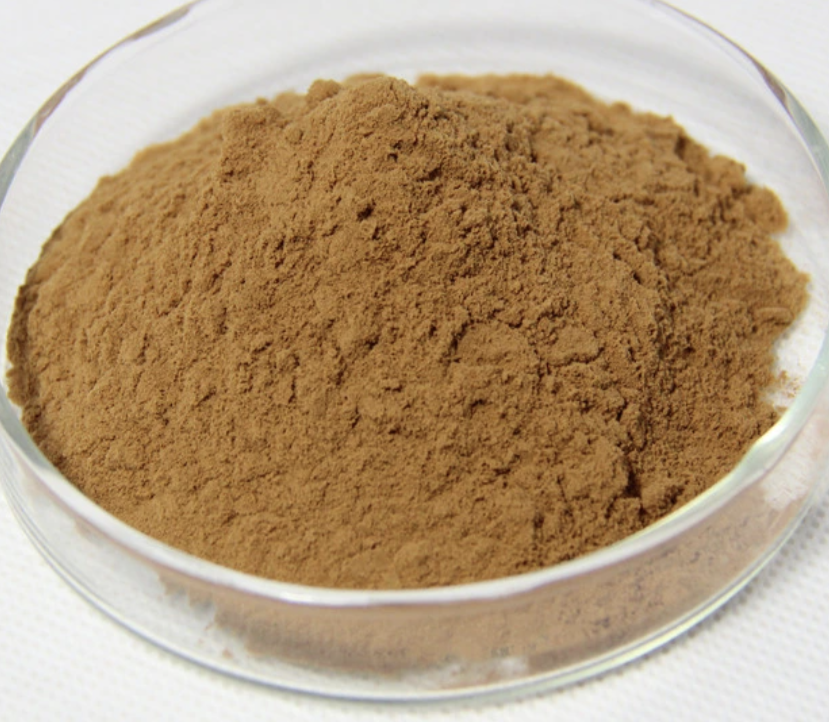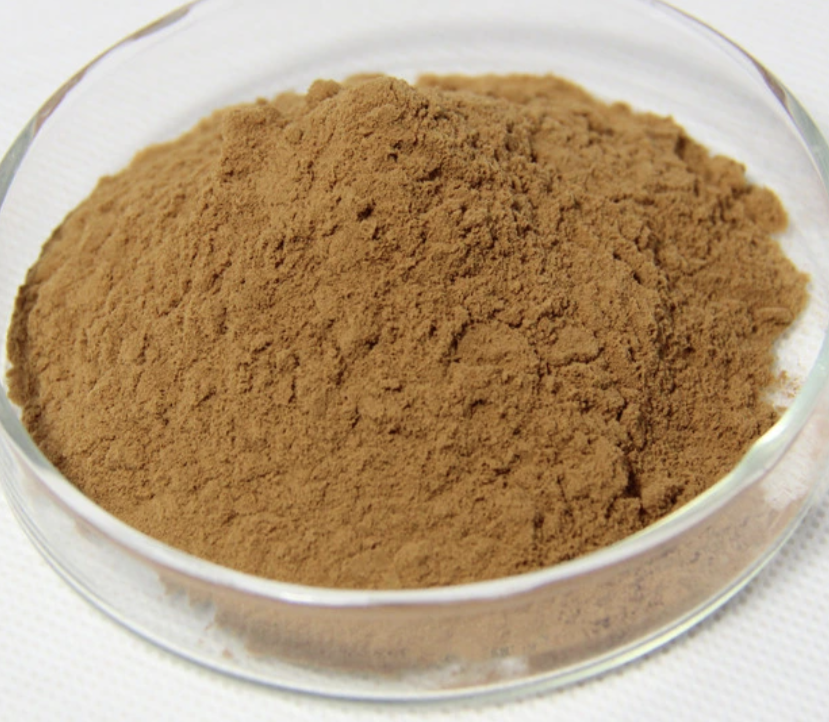
Healing Herbals
Brown Lampranthus Extract 10:1 (Kanna Substitute)
Brown Lampranthus Extract 10:1 (Kanna Substitute)
Couldn't load pickup availability
Concentrated Brown Lampranthus Extract 10:1 - Kanna Substitute
Product Description: Brown Lampranthus Extract 10:1 is crafted from Lampranthus spectabilis, a botanically related plant often compared to kanna (Sceletium tortuosum). This extract provides a cost-effective alternative with a balanced alkaloid profile. Standardized at a 10:1 ratio, it offers a concentrated form while remaining approachable for those new to the experience.
History: Native to South Africa, Lampranthus spectabilis has historically been appreciated for its ornamental beauty and traditional use. Its alkaloids share similarities with those found in kanna, making it an accessible introduction to this plant family.
Usage and Directions: Best taken sublingually (held under the tongue) or swallowed with water. Onset may be noticed within 10–30 minutes. Start with the lower end of the range to assess individual response.
Recommended serving: 1–3 g.
FDA Disclaimer: This product has not been evaluated by the Food and Drug Administration. It is not intended to diagnose, treat, cure, or prevent any disease.
Share



